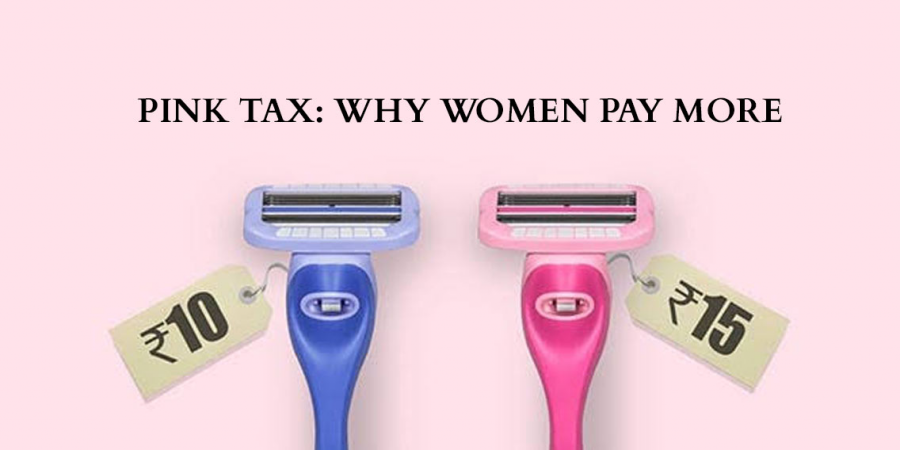

The Pink Tax is a phenomenon where products marketed towards women are priced higher than similar products for men.
Despite progress in gender equality, the Pink Tax persists across various industries, from personal care products to clothing and services. This discriminatory pricing contributes to the economic burden on women and perpetuates gender stereotypes.
A. What is the Pink Tax ?
The Pink Tax refers to the higher prices charged for products and services marketed towards women compared to similar products marketed towards men.
Studies have shown that items such as razors, shampoo, and clothing marketed towards women can cost significantly more than those marketed towards men, even when the products are essentially the same.
B. Causes of the Pink Tax :
Companies often target products towards specific genders, with items marketed towards women often perceived as luxurious or needing extra features, leading to higher prices.
Many consumers may not realize they're paying more for products simply because they're marketed towards their gender, allowing companies to continue this pricing practice unchecked.
With fewer alternatives available for gender-specific products, companies have less pressure to lower prices, allowing them to maintain the Pink Tax without facing significant competition.
C. Impact of the Pink Tax :
The Pink Tax places an extra financial burden on women, who often end up paying more for everyday items like razors and clothing compared to men.
This pricing discrepancy reinforces gender inequality by forcing women to spend more of their income on essential products, widening the economic gap between genders.
Women's purchasing power is limited by the Pink Tax, as they have to allocate more money for the same goods and services, leaving less for savings or other expenses.
The Pink Tax perpetuates harmful stereotypes by assuming that products marketed towards women are worth more simply because of their gender, reinforcing outdated gender norms in consumer markets.
D. Efforts to Address the Pink Tax :
Educating consumers about the existence of the Pink Tax empowers them to make informed purchasing decisions and put pressure on companies to change their pricing strategies.
Some countries and states have proposed or implemented legislation to combat gender-based pricing discrimination, although enforcement and effectiveness vary.
Conclusion :
The Pink Tax represents a form of institutionalized discrimination that disproportionately affects women, contributing to economic disparities and reinforcing harmful gender stereotypes.
Addressing the Pink Tax requires a multi-faceted approach involving consumer education, legislative action, and corporate accountability to create a more equitable marketplace for all consumers.
In essence, the Pink Tax is not just about paying more for products; it's about challenging societal norms and advocating for gender equality in pricing and beyond.


